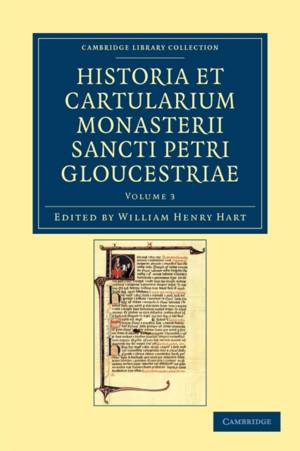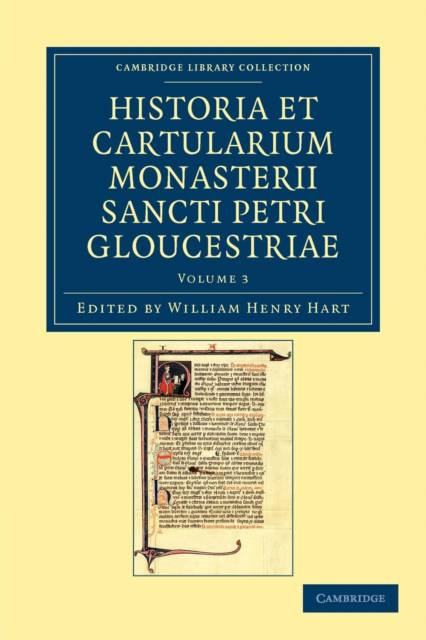
- Afhalen na 1 uur in een winkel met voorraad
- Gratis thuislevering in België vanaf € 30
- Ruim aanbod met 7 miljoen producten
- Afhalen na 1 uur in een winkel met voorraad
- Gratis thuislevering in België vanaf € 30
- Ruim aanbod met 7 miljoen producten
Zoeken
Historia Et Cartularium Monasterii Sancti Petri Gloucestriae
€ 117,95
+ 235 punten
Omschrijving
The abbey of St Peter, which later became Gloucester Cathedral, had its origins in the seventh century and was re-established in the eleventh. It benefited considerably from Norman patronage, growing in importance, size and wealth. Henry III was crowned there in 1216, and it is where Edward II was buried. It subsequently became a place of pilgrimage, and received several benefactions from Edward III. Volume 3 of the abbey's records, edited by W. H. Hart and published in 1867, contains charters 909-1029, an appendix and glossary, and an index to the three volumes. There are detailed manorial extents dating from the 1260s, and an undated treatise on the management of manors. The volume ends with an assortment of legal and other documents from a range of dates, including sixteenth-century insertions. The cartulary is a valuable source of information on medieval manorial landholding in the West Country.
Specificaties
Betrokkenen
- Uitgeverij:
Inhoud
- Aantal bladzijden:
- 572
- Taal:
- Engels
- Reeks:
Eigenschappen
- Productcode (EAN):
- 9781108048101
- Verschijningsdatum:
- 15/11/2012
- Uitvoering:
- Paperback
- Formaat:
- Trade paperback (VS)
- Afmetingen:
- 152 mm x 229 mm
- Gewicht:
- 830 g

Alleen bij Standaard Boekhandel
+ 235 punten op je klantenkaart van Standaard Boekhandel
Beoordelingen
We publiceren alleen reviews die voldoen aan de voorwaarden voor reviews. Bekijk onze voorwaarden voor reviews.










